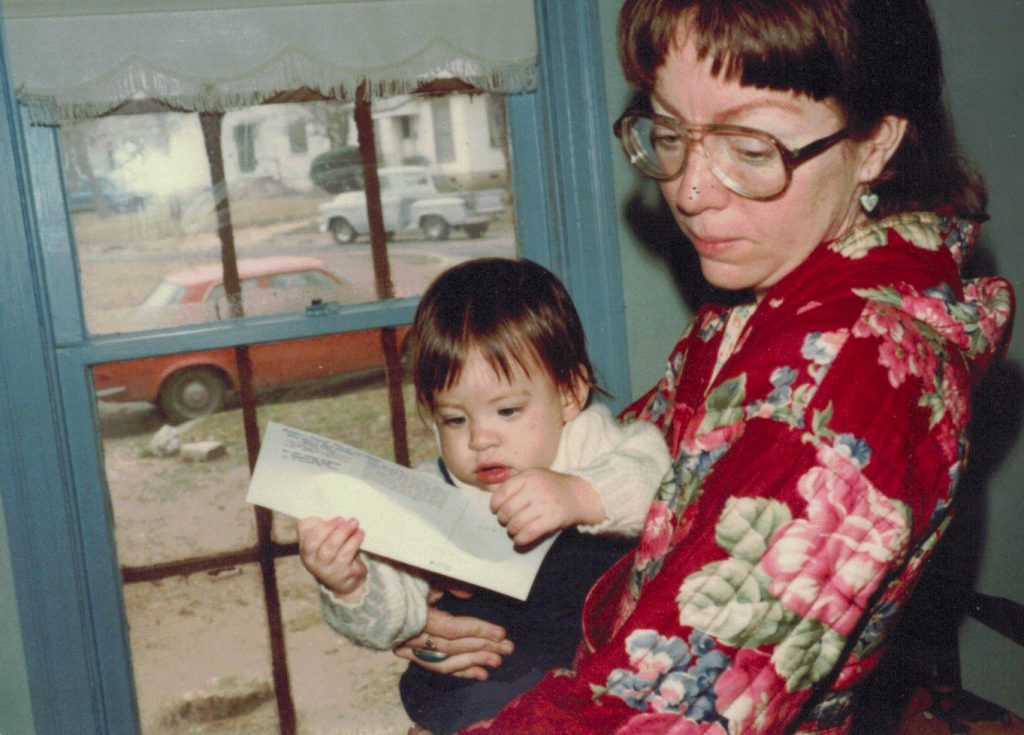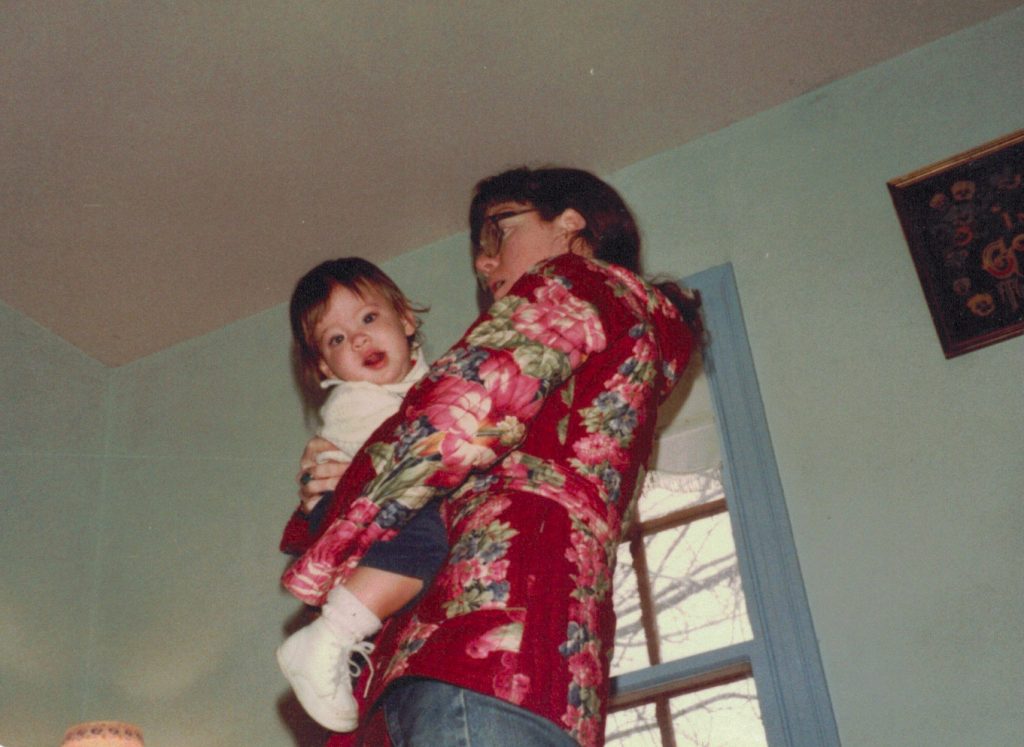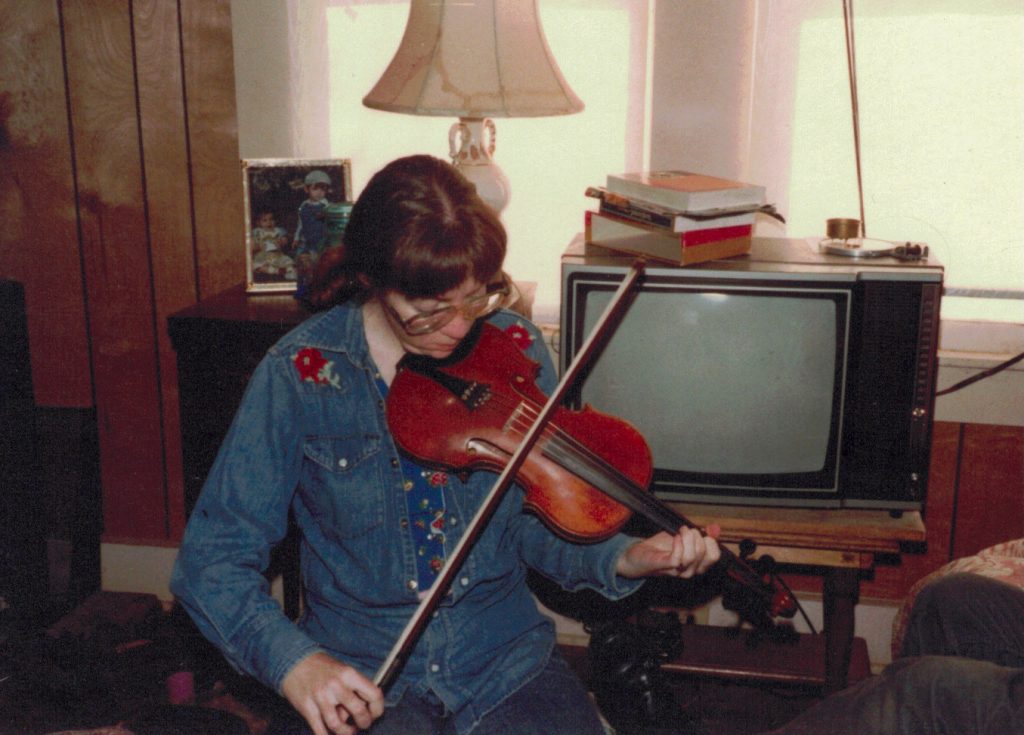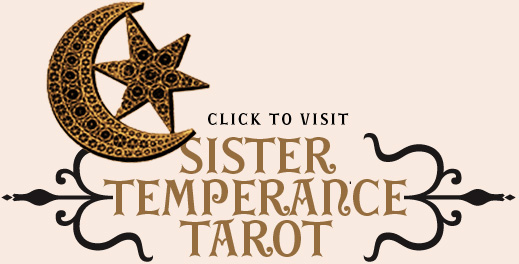HAZY WINDOWS
by angeliska on August 9, 2022
When you are a wanderer in the infinite terrain of loss, you learn strange ways to cope, and to heal. Some people become experts at avoiding and deflecting all the painful memories, or toughen up into stoic, armored warriors – or spend all their energy helping others with their problems instead. I’ve done some variety of all of these, and found myself slamming up against limitations of compartmentalization, codependence, and hardness, over and over. Those ways will only work for so long, before our defenses finally crumble, and we’re forced to reckon with the pain we’ve been running from. I definitely learned that the hard way.
Anniversaries like today (my mother’s death day) tend to bring it all up to the surface, and I’ve come to use this time as a way to check in on myself, and my healing process. Every year, I write about where I’m at, and try to sit with whatever is coming up for me at this time. Last year, I was really, really angry. I felt extremely alone, and incredibly sad and frustrated – for so many reasons. This year, I’m slightly more at peace – a bit more accepting of the various ongoing failures of connection and empathy, though it’s still incredibly painful and frustrating to acknowledge how little anything has really changed (particularly when it comes to this never-ending pandemic).
Last summer, my Uncle Mike gave me some old photographs of my mother and I that he’d come across in his recent move. I’m guessing my grandmother must have taken them on a visit to Texas, and they’d ended up with my uncle after my grandparents died. Anyone who’s lost a parent, or really anyone they’ve loved knows the pain of realizing that with their death, the photographs, voice recordings, and videos of that person have now become a finite resource. There will be very few new ones to discover as the years roll on – so when any images you’ve never seen before do appear, it feels like a rare and sacred gift. You learn to dig for bits of the ones you lost, like an archaeologist, sifting through the ashes for glinting shards, long buried.
Trying to glean information from the past through scraps of old media, and our own often faulty memories is like trying to peer through the hazy, fogged and dusty windows of an old locked shed. You know it’s piled high with old boxes and trunks stuffed with the essential fragments and nostalgic memorabilia of old lives – but you can’t seem to ever get inside, and everything in there is rapidly crumbling to dust and being devoured by mold and silverfish before you can get your hands and eyes on it. The people who knew my mother best are all either dead, or in their 70’s. Their memories are fading, and every year, there are fewer and fewer new stories – and that’s when I can get them to talk to me about her.
Sometimes it feels like all the secrets of my life and childhood are locked away in that place I’ll never be able to access. When I’m able to get a hold of any random piece, it’s hard not to cling to it for answers, for understanding. There’s so much I don’t know, and will never know. So much I’ve had to guess at, or surmise. I’ve been forced to develop into a very adept sleuth of my own personal history, and my own family – in order to know myself better, and to have more compassion for how I came to be the way that I am.
This process is like trying to clean that dirty glass – in attempts get a clear view backwards, into the past. There are times when the spit-upon spot-shine of an old hankie wiping a little window onto the hazed glass is somehow enough, and we’re able to see right back into a certain day, even a certain hour of our past existence with the clarity and sharpness that can be staggering. That’s what it feels like, looking at these six round-edged (I unfortunately had to crop those when I scanned them in) photos from circa winter 1980 or ’81.
Even though I have others tucked away in photo albums and old tins, these ones are a priceless treasure to me – because I’d never seen them before. There aren’t very many pictures of my mother holding me, or caring for me. The few that I have, I’ve pored over and treasured. I’ve always thought it was because she was usually the one remembering to take the photos, but it’s hard not to wonder… Except for one where she’s breastfeeding me, she’s never really seen engaging with me, talking to me or making funny faces, the way my dad always is – while putting on my little shoes, burping me, or giving me a bath. He has acknowledged that, for various reasons, he was my primary emotional caretaker. But that didn’t mean that I didn’t keep trying to get what I needed from my mother – she was just never really able to provide it, or, maybe just not fully and wholeheartedly.
I’m so grateful to have been given these photographs, more than four decades after they were taken – but they also opened up a Pandora’s box, in some ways. They are a portal into a time where I was present, but can’t really remember. I must have been only about one or two years old, in these photographs. I don’t remember that time, but the effects of whatever was going on then continue to affect me to this day.
It’s impossible not to scour images like these for clues like a detective, to help me better understand the relationship between my mother and I before she died. It’s taken me years to reckon with the fact that it was not only her premature death only seven years after I was born that left deep scars on my being – but also everything that happened (or didn’t happen) in that time between my birth, and her death.
There are people (I’m not sure exactly what their job title would be), whose job involves examining old photographs very closely for context clues about situations and relationships. Certain genealogists and historians have training in this, as well as child psychologists who know how to look for signs of abuse or neglect in familial relationships. The body language between children and their caretakers can be very revealing, when it comes to understanding the dynamics at play between them.
There might be some who would say that for me to attempt to do this with my own little stack of photos is just…grasping at straws, making assumptions, or being blinded by confirmation bias – but I’ve come to these conclusions after years of trying to understand myself and my mother, and the pain that we both endured. To me, these images are incredibly revealing – and I don’t think that I’m wrong in feeling that they show a lot about what was happening when I was a very young child. You can trust me on all of that, or not – but I know what I know, and well, this is my healing journey anyway.

The first thing I notice in looking at each photo, is that my mother is not looking at the camera (or the person holding it), in any of them. This immediately strikes me as odd, for a lot of reasons. In that era, it was kind of a big deal to buy film, and to use flashbulbs for your camera. I remember being mystified by the spent silvery cubes of the disposable flashes that were used at the time, sold in packs at the drugstore. Little squares containing ephemeral light – that would flare up for a moment, and then never again. These things were a luxury – and not to be wasted frivolously, especially by my frugal parents during the recession years of the belt-tightening early 1980s.
Because I believe that it must have been my grandmother who took these photos, and that this was a rare visit from Los Angeles to Texas, it seems doubly odd that my mother would make no attempt to smile for the camera (she also had to be standing pretty close to us, to get these shots), or even to raise her head to look up, or look in that direction. It almost seems like she’s intentionally avoiding doing so. Her face is stony, set, and remote, gaze averted.

My grandmother liked to take candid, unposed photos – so maybe it’s not so strange that my mom isn’t making any attempt to “say cheese” for her and the camera, but most of the images where my mother is holding me, I’m twisting away from her, to look at the camera, and ostensibly, my grandmother, who is likely talking to me, and engaging in some way with me. She’s making bids for my attention, and I’m responding to that, because that’s generally what little children do. My mother isn’t engaging with either of us, but instead seems lost in her own thoughts. It feels like she doesn’t really want to be there.
To my knowledge, my mom didn’t have any beef or issue with her mother-in-law, but who knows – maybe she was just having a bad day, or just didn’t feel like having her photo taken right then. That could certainly be the case, but – what I see in these photographs is a woman who is profoundly unhappy, and likely even very depressed.
In the images where I’m alone, I’m no longer looking at my grandmother holding the camera, but instead probably have my eyes on my mom or dad – tracking where they are, so that I can feel safe. In the years that I’ve been studying childhood developmental trauma, so that I can better serve my clients, and to also understand my own trauma history better, I’ve come to understand some essential things about what most little kids need in order to feel secure in this world.

I learned from my dad a a few years ago that my mom did struggle with depression, as well as trichotillomania (pulling patches of her hair out), and what sounds a lot like other symptoms and signs of obsessive compulsive disorder. I don’t think that she really had access to therapy or much in the way of help. It’s heartbreaking to consider how much better things could have been for us, if my mom had been able to work with someone on the things she was going through, emotionally. I feel so badly for her, for my dad, and for myself – all desperately trying to be a family without the proper tools or support.
I’ve since come to feel strongly that there were certain aspects of my birth and existence that were deeply triggering to old traumas in her past, and that nurturing me and enjoying much of motherhood wasn’t something that she really took to. It’s taken me a long time to understand that none of that was my fault – and that the issues that she had with connecting and bonding to me didn’t start with me. I’m also coming to understand how incredibly damaging and scarring it is to not have had that deep bonding and nurturance from the person I continually looked to for safety, comfort, and connection.
I had been learning about the effects of childhood emotional neglect and the “Still Face Experiment” for a few years before I ever saw these photos – so when I finally laid eyes on them, many alarm bells started to ring. This article and video from The School of Life lays out what it all means:
“How we were cared for as infants and young children has a disproportionate effect on how we will relate to others in adulthood. What we need to ensure is above all else a responsive parent: an adult who looks after our needs with sensitivity and kindness. This is quite literally life-defining and life-saving.
It sounds like nothing much and nothing too hard – but without this kind of responsive love we are wounded for life. Many of us have been.
Researchers have become ever better at showing the effects of neglect on children. One of the world’s leading experts is Dr Ed Tronick, director of the Child Development Unit at Harvard University. Together with his team, he is responsible for one of the great experiments in the history of psychology, known as the STILL FACE EXPERIMENT.
Watching the baby get distressed can be highly triggering. If a child can get so upset over a few seconds of cold and unfeeling behaviour, we have a sense of what can happen over years or more of neglect.
No wonder some of us don’t feel so well inside. We may have had an equivalent of a still-faced parent for our first decade and more.
But knowing how vulnerable we are shouldn’t merely sadden us: we can take stock of how we have been failed and understand the link between the past and our present difficulties.
Psychological research like the Still Face Experiment is at the forefront of helping us to understand ourselves emotionally, shedding scientific light on the origins of our sadness and complexity. Along the way, the experiment proves something beyond doubt: love isn’t a luxury so much as a gateway to survival and sanity.”
– from How We Get Damaged by Emotional Neglect
Watching the video above, particularly of the Still Face Experiment taking place, is indeed, highly triggering for me. I cried, watching it again today – especially at the part where they show the child reflecting the stress of the experiment in her posture, and turning away from her mother. The child will disengage from their parent, and not look back. I see that in my own posture, here – pulling away from my emotionally shut down mother and her flat affect. I’m either distracting myself in these photos, or looking towards the person who’s actually engaging and interacting with me.
I’ve known for a long time that there was something in the knowledge of this phenomenon that I’d experienced firsthand, but seeing photographic evidence of it playing out was really intense – and both upsetting, and strangely confirming.
One thing I wish they’d gone deeper into in this video and article are the reasons why a parent’s face might go still and unresponsive in the first place. They don’t mention the effects of depression (especially postpartum depression) on mothers, or the stress of parenting that might lead to a parent not knowing how to bond with their child. Not only that, but more recent studies have shown that smart-phone use mimics the effects of the Still Face experiment. It’s terrible to think about how many kids (especially those growing up during this never-ending pandemic) will bear the brunt of their parents’ depression and distraction.
Babies and young children deeply crave connection, and need to be in close contact and relationship with their caretakers in order to feel safe. Being held is part of it, but gazing, talking, mirroring play, and other forms of expressive affection are all a huge part of our healthy emotional development. The way we are parented has an enormous affect on our ability to feel emotionally safe in close relationships later in life. As a neurodivergent (ADHD/HSP) person who experiences Rejection Sensitive Dysphoria (RSD), I can say that understanding the roots of why certain behaviors are incredibly painful for me has really helped me be more gentle and compassionate with myself when I’m hurting.
Because of my early childhood experiences, feeling ignored, ghosted, abandoned, disengaged from without any explanation, and/or any form of silent treatment can often feel especially dysregulating for me. Whenever this has (unfortunately) happened in my friendships and romantic relationships, I’m often shocked by how disproportionately affected I am – not that it wouldn’t be painful for anyone, and just shitty, emotional immature behavior in general, but…I can recognize now the part of me that has an extra hard time with people I’m really close to pulling away and shutting me out, and now try to take steps to tend lovingly to the freaked out child part of me that desperately wants to reconnect.
I try to remember that healing relational trauma happen IN relationship. That building trust and reconnection are very possible, and that new neural pathways can be strengthened to help us feel more secure and resourced, in our relationships with others, as adults. I am so grateful for all the people in my life who teach me the truth of this, every day. And especially for all the ones who remember that today can be really tough for me, and check in with kind words and wishes. It helps me know that I can face these feelings, and this pain – and that I’m held in the process. I know that I’m not alone.
Learning how to tend to and care for my inner child has been one of the most helpful and transformative things I’ve discovered on my road to healing. If you were raised in a family where there was a lot of trauma, and where your parents were overwhelmed, grieving, and depressed (like mine), or worse – you might want learn more about the effects of emotional neglect on children.
Even in households where you were fed, had clothes on your back, a roof over your head, and weren’t being actively hurt or abused – emotional neglect can be a big thing to grapple with. It’s especially common for a lot of us Gen X and elder millennial folks whose parents were working, divorced, or otherwise preoccupied – and left us latchkey kids to be babysat by the television or by asshole teenagers.
Emotional neglect really comes into play in families where it’s not safe or possible to talk about emotions – especially difficult emotions like sadness, anger, or fear. Often in the most “perfect” looking families where everything is always pleasant and upbeat, this can be a big problem.
If any of this is ringing a bell for you I highly recommend you give Running On Empty: Overcome Your Childhood Emotional Neglect by Jonice Webb a read. It’s a fast read, and even the chapters that didn’t really apply to my life were really eye opening. I also recommend that all parents and/or prospective parents read it – especially if you were raised in a household where nobody really talked about their feelings.
Learning to be the safe mama monkey to your own inner baby monkey takes a lot of time and work – but it can start with beginning to comfort yourself when you’re upset or afraid instead of ignoring or abandoning yourself. For those of us that experienced childhood emotional neglect, it can take a lifetime to learn how to not neglect ourselves – but it absolutely is possible.

I spotted these two beautiful monkeys, a mother and her child, at a temple in Rajasthan. I loved seeing how universal it is to want comfort –and how natural it can be, to want to give it.
I wish it had felt more natural, and more joyful for my mom to show affection and tenderness to me. I know that there were likely many sweet moments between us, that went unphotographed, undocumented. I have to trust in the simple intimacy of the fact of her and I, and our relationship. I remember her patiently teaching me to hand sew, the red thread dipping in and out of brightly flowered calico, to make a dress for my dolls. I remember her washing my hair with an aluminum pitcher, a wash cloth held carefully over my eyes so the shampoo wouldn’t sting them. I remember her teaching me the names of the flowers, and instilling in me a love of green growing things, and a respect for animals (especially cats). I remember the dinners she would make: shake and bake chicken with lima beans, and Five Alive or Tang to drink. I know that she held me in her body for nine long months, and nursed me from her breast until I grew teeth. She changed my diapers, comforted me when I cried, and read me stories, and sang me lullabies. She put me in my highchair, and gave me crackers to eat. I don’t want to ever diminish or dismiss the sacrifices she made in parenting me, and how important it was to her, to be a good mother to me. I know that she took it seriously. I know that she cared.

My mother hung crystals from old chandeliers from my windows to make rainbows dance around my room on sunny days. I woke to rainbows all over my bedroom this morning, and thought of her, and how she taught me to look for beauty everywhere, and to cultivate it in everything I do. I will honor her tonight as I paint – another thing she taught me to do. And though it may not seem like it, I am honoring her with this writing. I may be wrong about these photographs, and how I’m interpreting them. It may do me no good, all these years later, to speculate on the whys and hows of how we were with one another – and what she was like, as a mother to me. My aunt Ruth reminded me tonight that my mom had a tendency to look downright grumpy in photos – especially when she really didn’t want her picture taken, and that she was never much for toothy grins. Maybe that’s it, all it really was – a case of lifelong RBF (resting bitch face), or randomly staring off into space, captured one cold winter day, when I was very small.

I realize, in writing this – that perhaps both things can be true. Whatever it is I’m seeing in her lack of expression that afternoon, and in my little body turning away from her is very real for me. I don’t really think it was a one-off, or that it was just that particular instance. I feel the disconnect and the profound longing for her attention, her approval, to be connected and engaged with her in my bones. I feel the lack of it, the loss of her – not just in her death, but also almost every day before it. It still affects me deeply, to this day – like a severe nutritional deficiency that causes stunted growth, or rickety limbs. It’s a hunger that never, ever goes away – and is never really sated or fulfilled. So – I’ve had to learn to nourish myself, and tap into that connection within, and elsewhere in my life. It’s not the easiest thing to do, but I work at it every day.
I so wish I could ask her about all this, about what it was really like for her, for us – but I can’t. What I can do is continue to learn good ways to nurture myself, and to take responsibility for my own healing. I’m very committed to that inner work – and this writing, here, is a big part of that (so I thank you humbly, if you’ve read this far, for being a witness to my grief, and to my process.)
I keep my mother’s memory alive by honoring all the things she loved: learning to play and sing the old-time tunes, listening to her vintage records playing Lydia Mendoza and Kitty Wells, wearing garments printed with flowers, (especially cabbage roses), painting and drawing, and working every day to make the world a more beautiful place.

I know that I am chief among what she loved, her only child – so I will keep loving myself, and taking good care of myself, because I know that that’s what she would want. And I will keep looking back into the past for her – through these hazy windows, searching for her still, quiet face in the distance.

If you’d like to read more about this journey
of grieving, honoring, and remembering my mother,
here is an archive of my writings about her:
THE AUGUST RITUAL
FALLING STARS + CACTUS FLOWERS
DOUBLE ETERNITY
MY ANGELIC INHERITANCE / THE HOLOGRAPHIC WILL
38 ON AUGUST THE 8TH
30 YEARS – SEIZURES
888 – HONEY BABE, I’M BOUND TO RIDE – DON’T YOU WANNA GO?
WILD BLUE YONDER
NO ROOM IN MY HEART FOR THE BLUES
FAMILY VACATION – HANK WILLIAMS’ GRAVE
STAR-CROSSED TROUBADOURS
Foxes in the Rain
Triumvirate Lemniscate
Gustav + Mama – August 8th


2 comments
💚💚💚
by Michael on August 10, 2022 at 10:52 pm. #
Good morning! I take so much comfort in your writings. I’m no longer on IG so can’t see your regular posts, so am especially grateful you keep your blog and its archives. <3
by Chris on November 1, 2022 at 3:04 pm. #